On October 14, 2020, the Department of Finance released details on how periods 8, 9 and 10 of the CEWS program will work.
Non-furloughed employees.
The maximum base subsidy rate would be set at 40% for this period, and the maximum top-up subsidy rate would remain at 25%.
Instead of using the current three-month revenue-decline test for the top-up subsidy, both the base and top-up would be determined by the change in an eligible employer's monthly revenues, year-over-year, for either the current or previous calendar month.
For employers using the alternative revenue-decline test (announced on April 8, 2020), both the base subsidy and the top-up subsidy would be determined by the change in an eligible employer's monthly revenues relative to the average of its January 2020 and February 2020 revenues.
The wage subsidy program would include a “safe harbour” rule applicable from September 27 to December 19, 2020. This rule would entitle an eligible employer to a top-up subsidy rate that is no less than it would have received under the three‑month revenue-decline test.
Furloughed employees
As of October 25, 2020, the subsidy per week in respect of an arm’s length employee (or a non-arm’s length employee who received pre-crisis remuneration for the relevant period) would be: the amount of eligible remuneration paid in respect of the week; or, if the employee receives remuneration of $500 or more in respect of the week, the greater of $500 and 55 per cent of pre-crisis remuneration for the employee, up to a maximum subsidy amount of $573.
